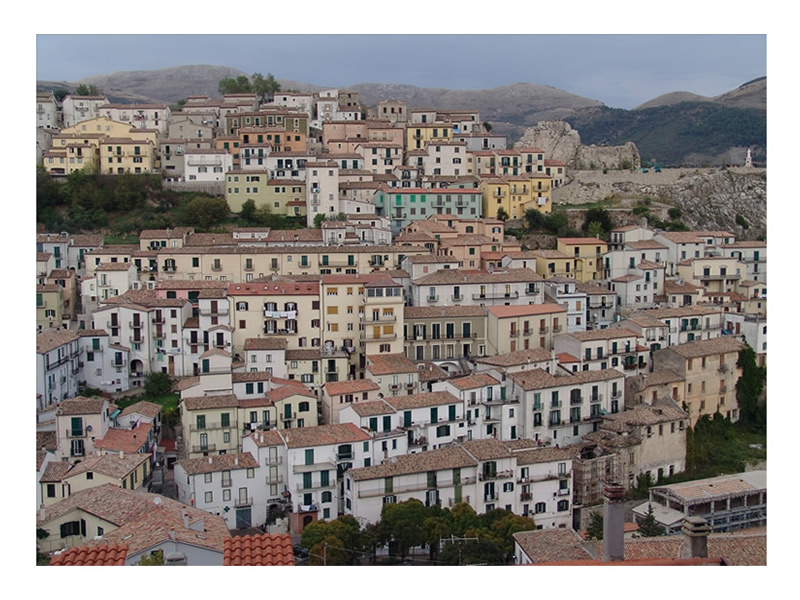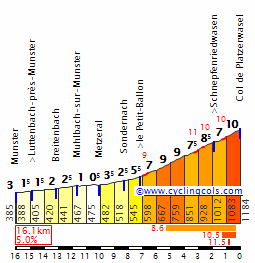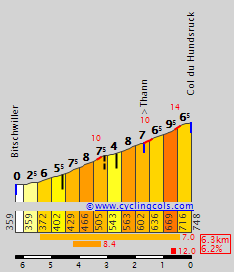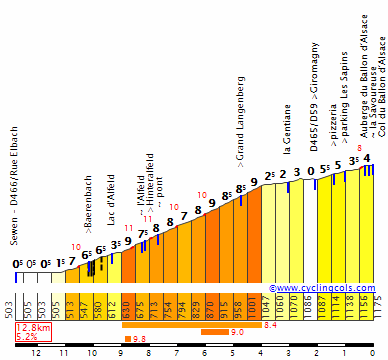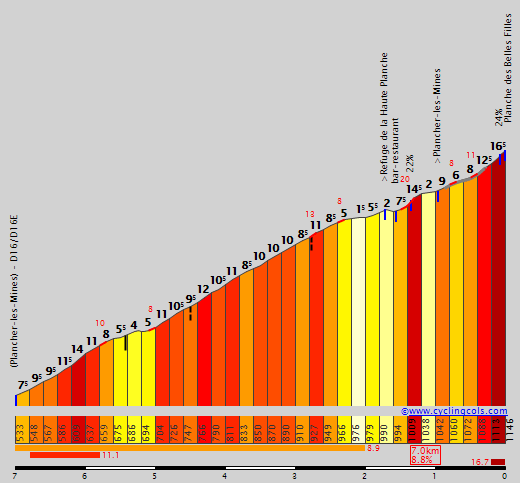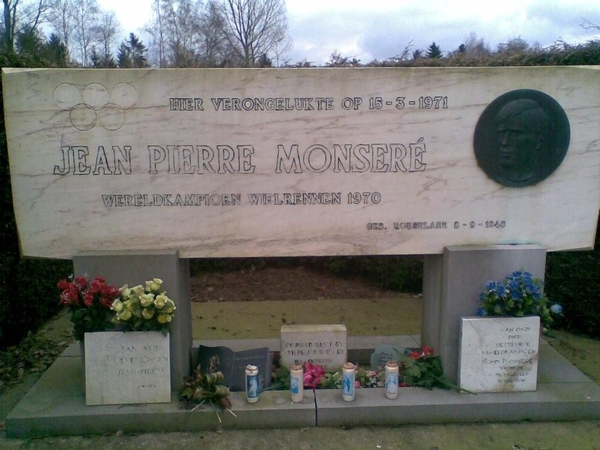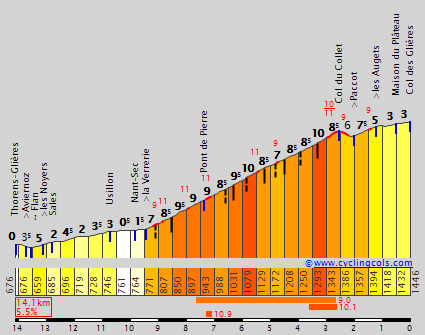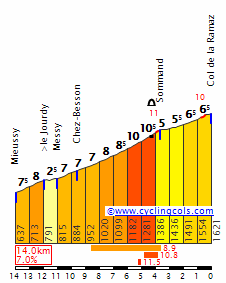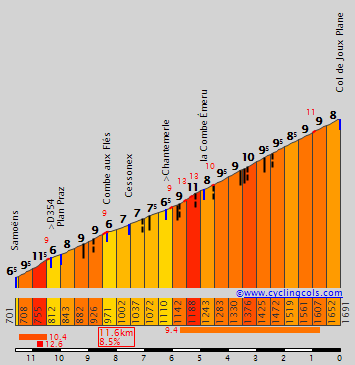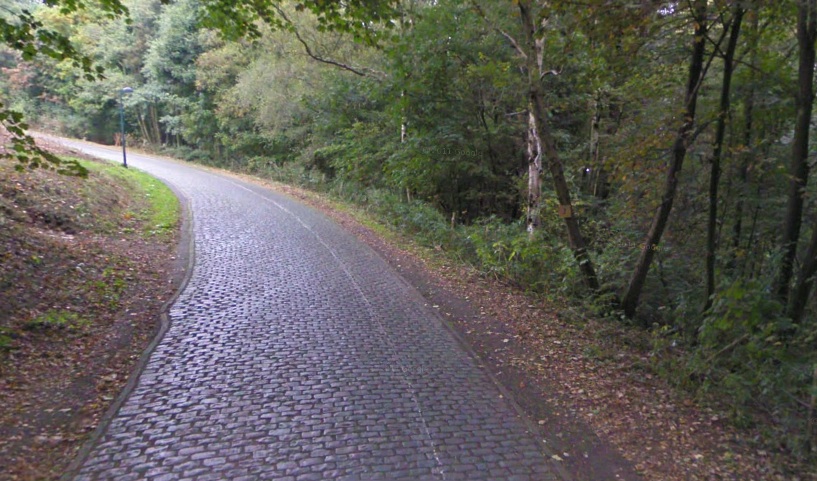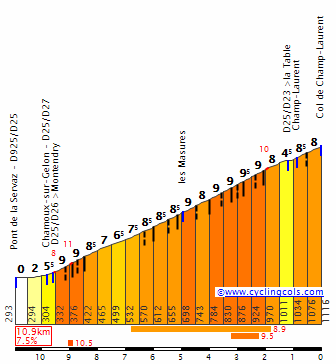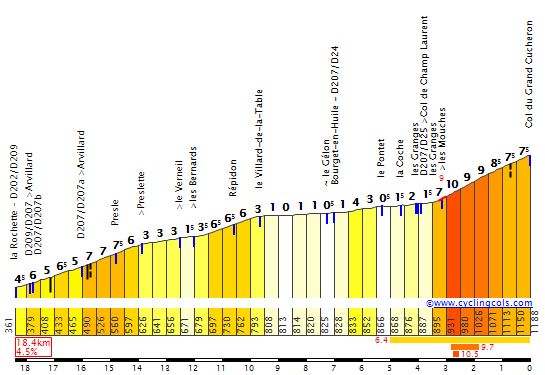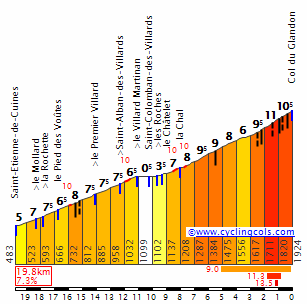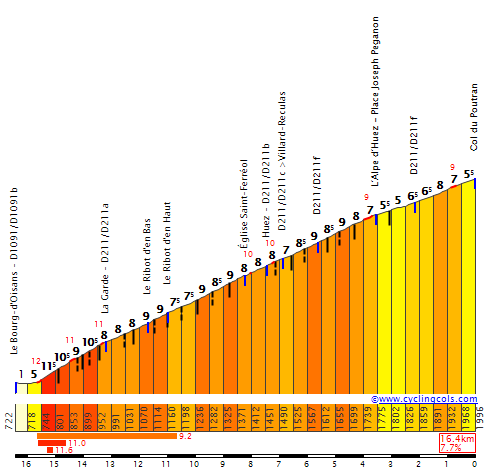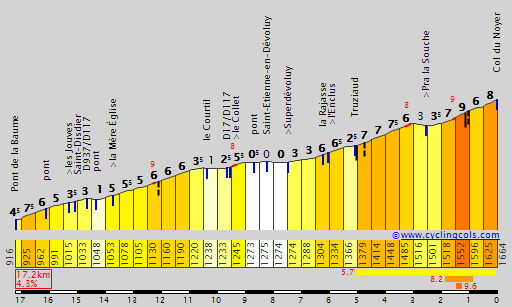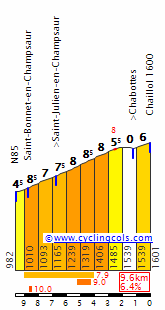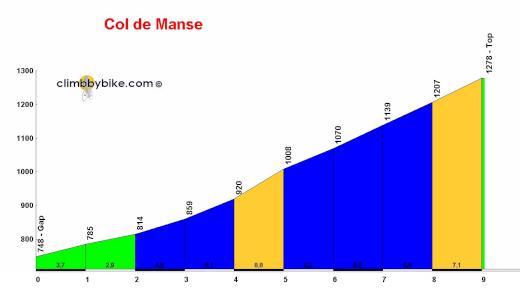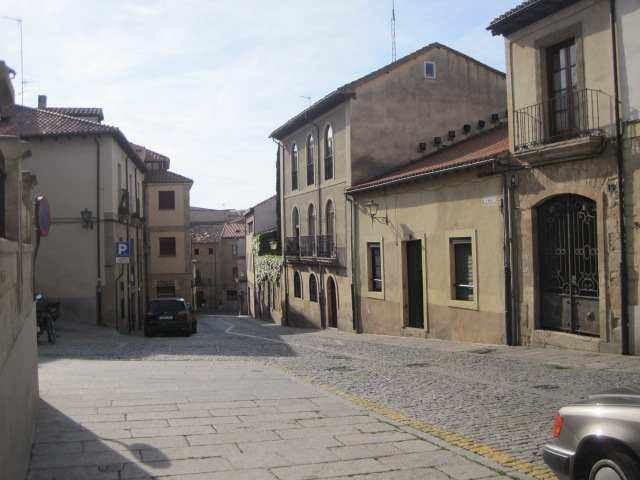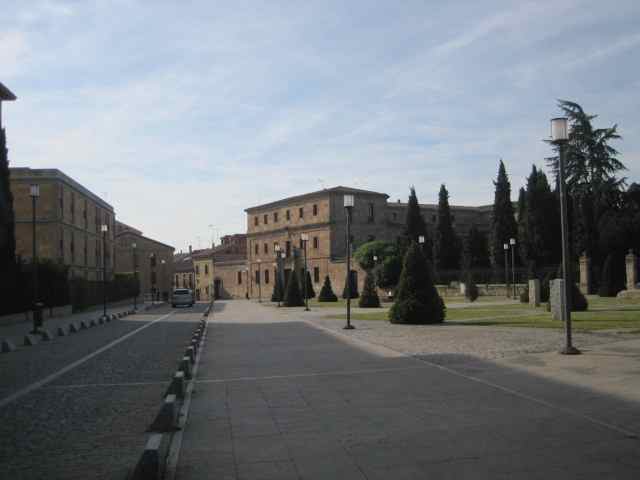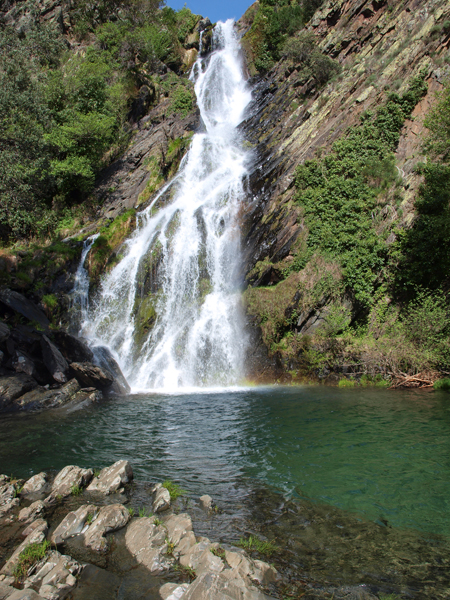I did warn I had a stage race of recycled ideas, and here we go, with one of the oldest and most storied short stage races in the calendar, the
Ronde van België.
The real Ronde van België is a historic short stage race which first ran in 1908, but after a period of doldrums including several skipped editions in the 80s it disappeared from the calendar in the 90s only to return. In recent years a formula had developed but after the 2012 edition when Greipel won the first three stages back to back they decided to vary the formulae a bit more, then after 2014 and the last of three consecutive overall victories for Tony Martin they elected to replace the medium-length time trial with a prologue. I have gone back to the medium-length time trial because I've elected to avoid much in the way of pure sprinters' material to work with here. However, that's not to say sprinters won't have a chance, they'll just need to be durable. I have also tried to vary the race route in order to create an interesting and varied parcours that will favour the tougher riders and provides a real classics all-rounder's race, yet doesn't revert to formula; the Vlaamse Ardennen make but a fleeting appearance in the race, as do the climbs of Liège-Bastogne-Liège; we are instead seeking to use some of the less well-known areas for the decisive sections of the race. Like the real race, there are plenty of circuits to finish; after all the country is not large and we can reasonably cover the majority of it over five days of racing; this also enables us to utilize the obstacles we are using multiple times, since they aren't the most notorious ones.
Oh, and while the real Ronde van België has no mountains jersey, mine does. These are divided into two categories.
Stage 1: Brugge - Asse, 180km
The original idea that eventually became this stage came in the wake of my Grote Prijs van Hoegaarden; I thought about a series of one-day races, along the lines of the Challenge Mallorca, based around different famous Belgian beers, following in the lines of the Coors Classic, the Amstel Gold Race and the Rund um den Henninger Turm. This one was going to be the
Affligem Gold Race, from Affligem to the Vlaamse Ardennen and back. I couldn't find a feasible circuit to get all the cobbles I wanted in at the end looking at those immediately nearby, as I discovered the sectors that make up this closing section and more in the vicinity. The most convenient way, I found, was if I located the circuit around Asse, at which point it became more like a national championships circuit. Especially because a local man could be one of the favourites, that is to say
Jürgen Roelandts, who
became a god amongst men at last year's Gent-Wevelgem and bought my fandom for life in the process. I then rather forgot about the circuit for a bit, before another, less successful, rider from town hit the news - this time cycling's latest favourite comic villain/fall girl,
Femke van den Driessche. Because of this connection, when I put together this route I was tempted to re-route the early part of the stage through Jabbeke for a joke as a result, but couldn't be bothered, notwithstanding that having expressed my distaste for the gleeful dogpiling of ridicule it would have been hypocritical of me. Bruges is a much more interesting, attractive and scenic city with much more history anyway.
Like many cities with complex and attractive canal systems, Bruges often attracts comparisons to Venice; it's certainly the prettiest place the riders will visit today. Much like the current Ronde van Vlaanderen route, we will start in the
Grote Markt and head towards the Vlaamse Ardennen; unlike de Ronde, however, there are two key differences. Firstly, here we travel directly; secondly, we only briefly enter them, since they are not expected to be significant to the race.
The first obstacles are well-known and fairly simple.
Huisepontweg and
Doorn are probably the best known stretches of cobbles to the west of Oudenaarde in the locality. After heading through that famous cycling city, we take on possibly the easiest of all the cobbled ascents in the vicinity, our first categorized climb, the
Kattenberg, 1km long at 5,2% on
small, smooth cobbles.
This leads to our next set of kasseistroken, first the more typical
Ruiterstraat and then the comparatively wide and comfortable
Kerkgate. This leads, as most people can guess, to the one classic Vlaamse Ardennen climb that we see in this entire stage race: the savage Molenberg. The rutted roads and uneven, rough cobbles here make it a real challenge; it is a key factor in the Omloop het Nieuwsblad and though far from the finish was of course where Fabian Cancellara put the hammer down in the 2010 Ronde van Vlaanderen. 500m at 9,8% on this surface is pretty tough, but in this stage we're far enough out it won't cause much action.
From here we go full Omloop, heading to Zottegem via the famous
Paddestraat and
Lippenhovestraat cobbles, and thus ends our time in the traditional Classics terrain... all race. We're a long way from the end of the cobbles, however, we just have a period of respite as we head into
Aalst and then to Affligem before entering our finishing circuit.
The first lap and a half of the circuit aren't quite the same; instead of the final climb and crossing the finishing line, we instead see the riders climb the Putberg, 460m at 4,7% which is wide but on some pretty useful cobbles.
The other stretches of cobbles remain the same on all laps. The stage finishes with three laps of this 16,6km circuit with one climb and three stretches of cobbles:
As you can see, there are two stretches of cobbles on slight downhills/downhill false flat. The first stretch, Varent, is in relatively good condition, but the second, the 1450m of cobbles on Molenstraat, is going to be a killer. There's no gutter to hide in, and the cobbles are in some pretty horrible condition - if the weather isn't nice, this will be nasty.
Times across Molenstraat end 8,4km from the end of the circuit, therefore the riders emerge from these cobbles with 41,6km remaining the third time, 25km remaining the fourth and obviously 8,4km the final time. This leads into a twisty, narrow section which will enable gaps to be consolidated, before the riders take on a short uphill ramp that leads to a sharp left-hander onto Platijn, a third stretch of cobbles that leads directly to
the Keierberg, the final climb of the day. Its official stats are 700m at 4,4% but it's very much a two-stepped climb; the first half is steep and cobbled, the second is almost flat and tarmacked. The max is 10% and a climb of around this gradient is sustained for around 100-150m early on before it eases off. This crests at 2,4km from the line the final time (so 19km and 35,6km remaining before that) so though this circuit is hardly the toughest thing that any real rouleurs will have to face in their lives, it's a serious first day with just enough to break things up with quite a technical run-in until the final few hundred metres in Asse.








